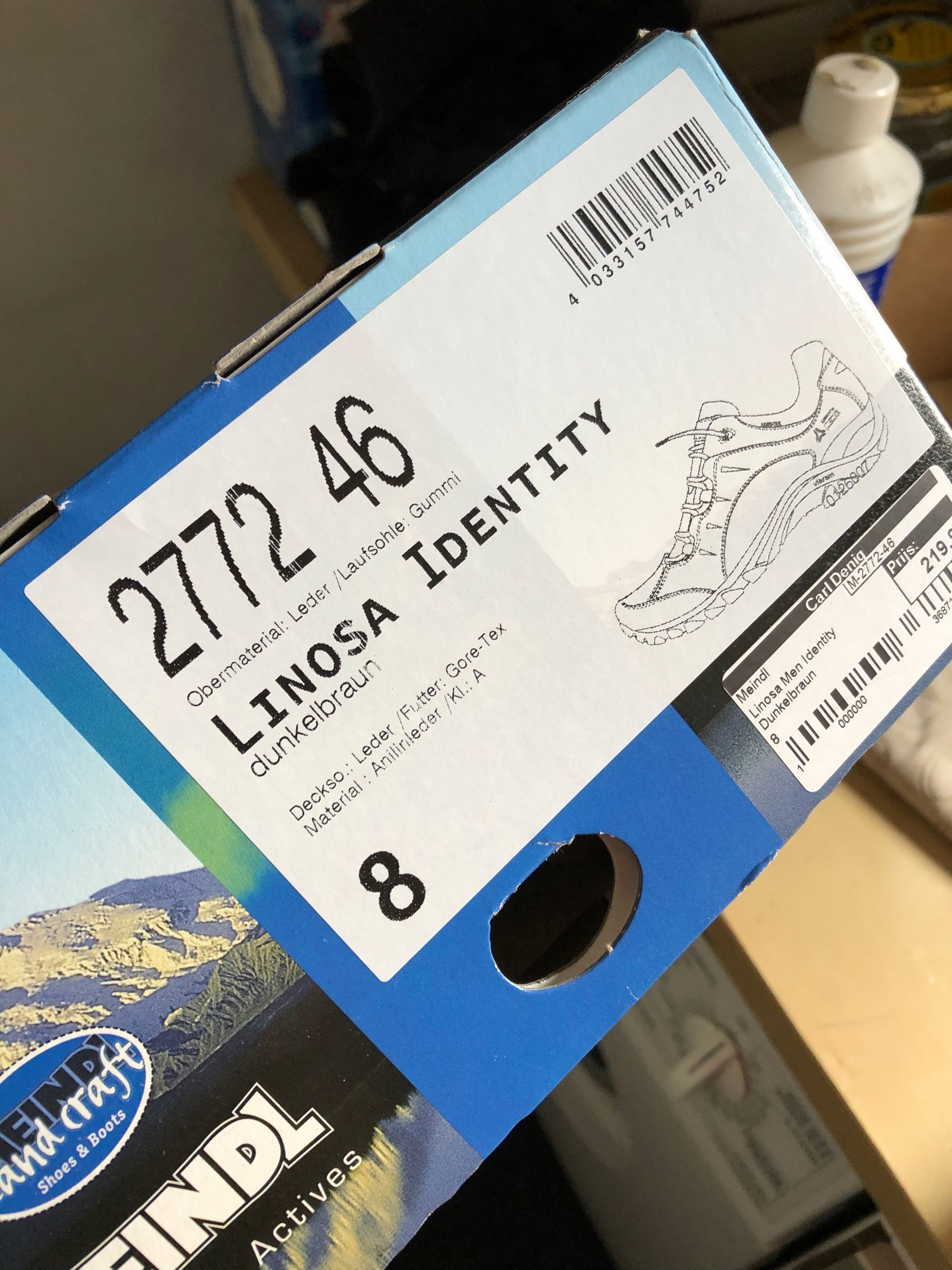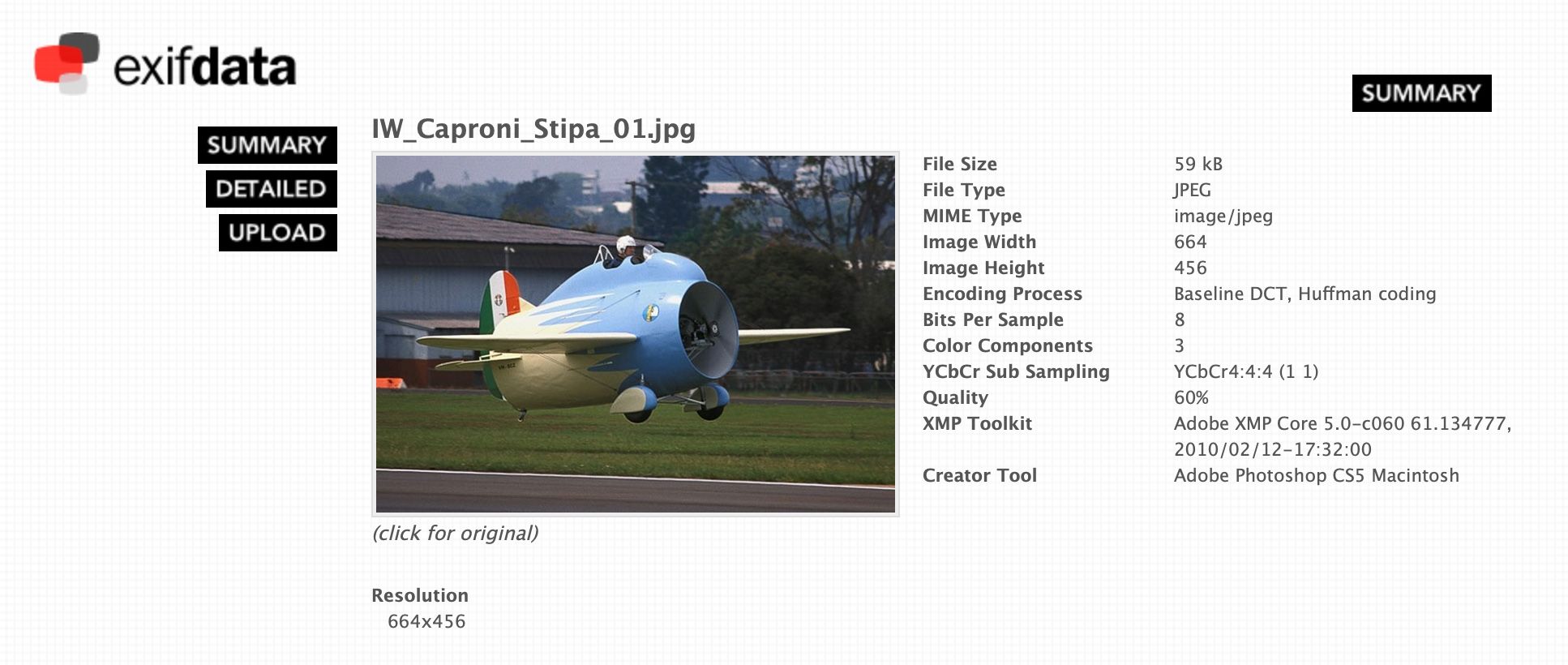Metadata explained
Upscaling digital solutions often requires metadata. Meta means 'beyond,' and it's the invisible layer of data that describes other information.

Metadata is essentially data about data. It provides information about various attributes of a piece of information, such as its origin, format, size, creation date, authorship, and more. Metadata helps in managing, categorising, and understanding the actual data it describes.
I will make this concept clearer and more tangible by making comparisons to our daily world, and then highlight some digital examples.
One of the places that shows the most metadata is probably the supermarket. All the cans, boxes, bags etc often hide its contents and as such carry metadata in the form of labels. The label typically describes what is in the packaging, the brand, the weight en and information or prescriptions on how to store.

The same happens with books. The outside of a book carries in information about the actual contents. Some can be pretty obvious as a name and a title, but often you see the publisher, excerpts and images. And then on the back of the book, a repetition of some information to find it back when the book is put on a shelf between others.
Digital images and video
Also, digital images and video files are accompanied by metadata. Metadata starts with the file and a file extension that indicates the format. But also in the digital image file itself, there is metadata. This can be a wide range of information like camera brand, type, aperture, GPS information, copyright. To make this metadata exchangeable and practical, they are standardized. EXIF is the standard for images. Video has metadata bundled up in the container file for the video.

Webpages
Pages on the web have a unique name to identify them, but also the file itself carries metadata. Pretty common are title, author, keywords, but the metadata on a page can be extended freely. Search engines use this metadata to query, sort and rank the content.

Social media
Also, metadata is used for sharing webpages on social media like Twitter and Facebook. This information will give the author or producer more grip on what will be shown when shared on these platforms. And select an image with the proper orientation and aspect ratio.

Other applications using metadata
Basically all digital objects have metadata. Sometimes the metadata has an official standard, sometimes they are more loosely defined and extensible. When you put something into a collection, you will often be asked to provide metadata. An app to an App Store, a photo to be shared.

Creating order and adding value with metadata
Metadata is information about information. Metadata can be part of the digital object or attached to it. Most of the time, the metadata will be like an iceberg. Some information is displayed to the consumer of the digital object, most of will be under the water line and used to create order: sorting, storing, ranking, grouping.
Adding metadata might seem boring work, it requires discipline and focus, but it provides real value having proper metadata. Trust me on my word, but in my experience the metadata on content is equally important as its content, for sure on the longer term, so challenge yourself, take an extra coffee and make sure to add metadata.



